Sum Every Nth Row in Microsoft Excel
The main and the critical use of the SUM Function is used to add all the amounts of the numerical data and thus efficiently produce the sum of all at once. SUM Function is considered an advantageous type of function that every individual can use for all industries, to sum up, their required data together, either column or row-wise, depending upon an individual's choice and the need of the particular industries.
Besides these, before discussing how to Sum Every Nth Row in Microsoft Excel, let us first move the basic Example: How to sum multiple rows in Excel?
How to Sum Multiple Rows in the Microsoft Excel?
Now we will discuss the various ways that can be used for summing the Multiples Rows in Excel with the help of the examples mentioned below.
# Example: 1 SUM Function that can be used For Number of Cells in a Single Column:
The very simplest and fundamental way that can be used to perform the SUM Function is in the following ways, as depicted in the attached screenshot below.
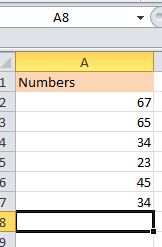
Now moving on with the below-mentioned steps,
Step 1: When we (individuals) primarily press "Alt +" or =", then data in the excel would appear as shown in the below-attached screenshot.
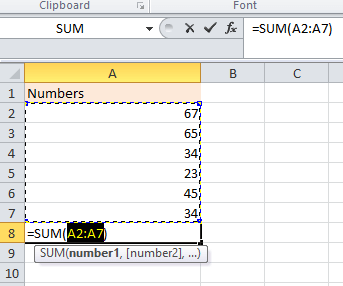
Step 2: Now, after that, we will press the "Enter Key", and after pressing it, we will get the outcomes as shown below in the attached screenshot.
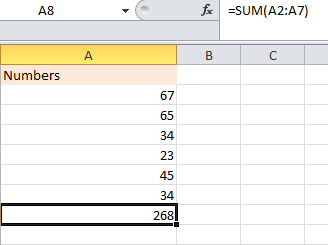
The above steps are considered to be one of the ways that can be used for performing the sum for the multiple rows.
# Example: 2 for summing up the number in the other Cell
Let us consider the summing of the number in the other Cell to the same Example as considered for the above one, shown in the attached figure (screenshot).
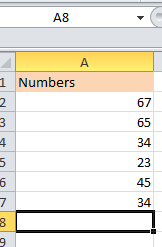
Step 1: In these, we will, first of all, apply the SUM Formula in the respective Cell, but in this example, we are selecting the Cell that is B2 to complete our operations effectively. As depicted in the below-attached screenshot.
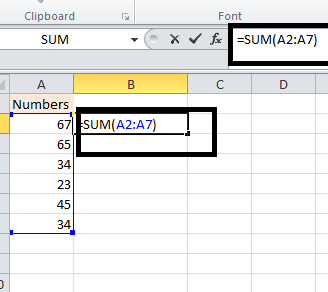
Step 2: Now, after that, press "Enter Key", then the outcomes are as follows:
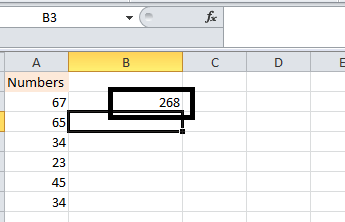
How to Sum Every Nth Row in Excel?
It was known that at some point, an individual requires summing the value from each nth row in an extensive list, and for that, we will discuss with the help of the Example and related formula as mentioned below:
In this example, we will discuss and show how to create an array formula which can sum every nth row in Microsoft Excel, and in these, we will deliver it for n=3, but we can do this for any number we wish to do effectively.
The formula Used for the above is as follows:
- Row: The Row function is primarily used to return the respective row number in the Microsoft Excel sheet, as shown below in the attached screenshot.
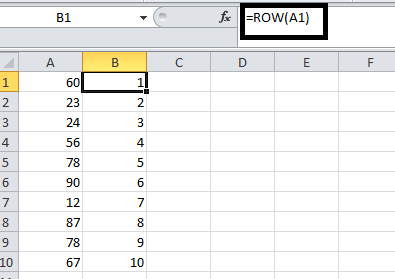
- Mod: The Mod function is basically used to find the remainder after a number is effectively divided by the divisor. Assuming an example, for the first row MOD (1, 3)=1 because 1 is effectively divided by the 3 that results to 0 with the remainder of 1.
And for the 3rd row, MOD (3, 3) =0 because 3 is divided by 3, which equals 1 with a remainder of 0. As a result, the above formula returns 0 for every 3rd row. As shown below in the attached figure.
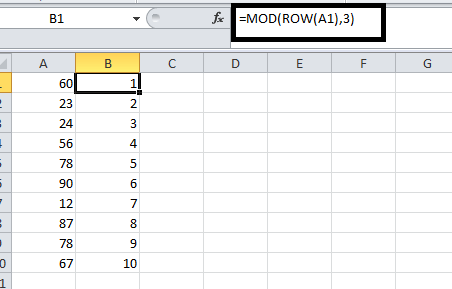
Essential Points: We can change the number 3 to 4 to sum every 4th row to 5 to add each 5th row etc.
- After that, we can slightly change the formula as depicted in the screenshot below.
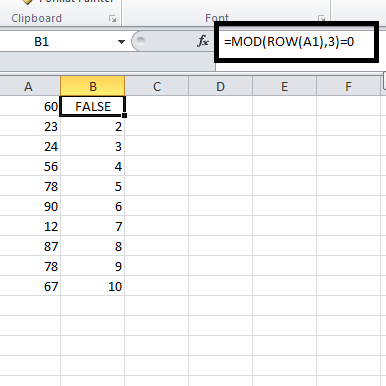
Applied the same formula for the rest of the rows, and we will get the following results, as shown below in the attached screenshot.
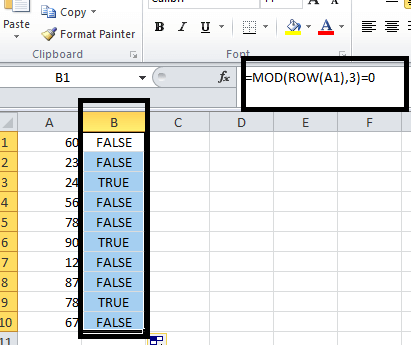
- And to get the sum of the product with these two mentioned ranges, that is (False=0 and True=1), then make use of the Sum Function and finish by just pressing the CTRL+SHIFT+ENTER respectively. As shown below in the attached screenshot.
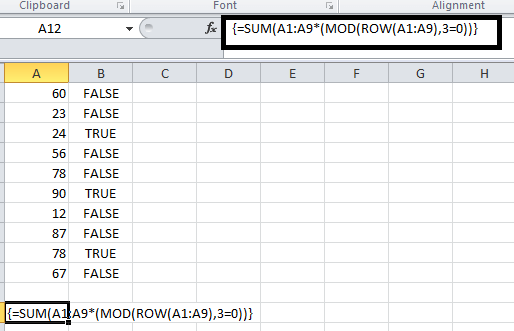
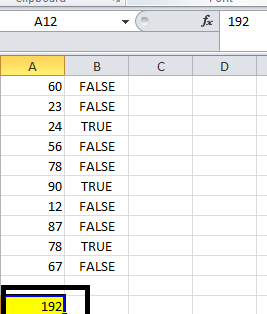
It was noted that the respective formula bar indicates that this is a formula of an array by enclosing it in the curly braces {}. And it should be pointed out that this should not be typed by ourselves, as these will disappear when you edit the formula effectively.